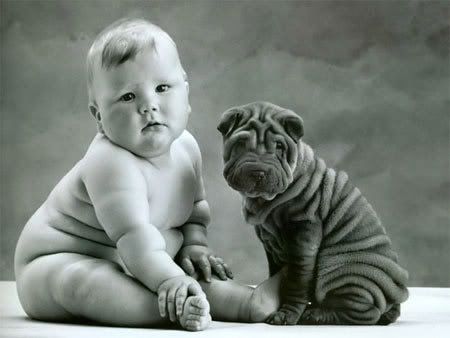Ladies and gentlemen, thank you for joining us here on the blog. Julia has been doing a great job of putting the words on the page and getting you to read it. And look at that Knight! He's so Wee, and there isn't even anything around him to show that he's wee. Pretty rad.
So, I must admit that I have been slacking in putting up some/any posts, but all that's about to change! I want to talk to you today about something that everyone encounters, but some people to a larger extent than others. Yup, that's right. I'm talking about adipocytes, your fat cells. Now let's level here and admit that we all have them, no matter how much we diet or exercise or whatever, they're there. And for that we are thankful. Adipocytes are an important part of your life.
This is the life.
In fact, the average adult has about 30,000,000,000 fat cells that add about 30 lbs to your weight! That's pretty impressive.
Wowie!
Fat cells generally come in two different types (well, I've read about a new type, but it seems like a mix of these two). The first type of fat cell is called white adipose tissue. These cells do what you probably think a fat cell would do. They hold a bunch of fat. I mean a LOT of fat. These puppies have such a big ol' ball of fat inside of them that they squeeze the nucleus onto the outskirts of the cell.
The other type of fat cell is called brown adipose tissue. These cells have a look to 'em. Instead of one big lipid droplet (lipid=fat), they have a bunch of smaller ones. They are also home to a whole bunch of mitochondria. The mitochondria contain proteins with iron, which is what gives these cells their brown color. What are all those mitochondria doing there, you ask? They're making heat.
Burn baby burn!
Brown adipose tissue is quite abundant in babies and in hibernators. The brown adipose tissue has all these mitochondria, and these mitochondria produce a lot of this protein called thermogenin. Yeah, that's right. Thermogenin. What a cool name. Let's break it down. Thermo, for heat, and genin, for genesis or generation. Now you probably remember from one of your biology classes that the mitochondria is the energy producer for the cell. The way the mitochondria produces the energy currency of your body, ATP, is by pumping protons (hydrogen atoms without an electron) out across its membrane and then letting these protons come back in through a special port that makes ATP as the protons come through. It's a pretty cool deal. Maybe I should do a blog post on that...
Well what's special about the mitochondria in brown adipose tissue is that they have a lot of thermogenin. This thermogenin is another way for the protons to come back through the membrane, but instead of making ATP, the thermogenin converts that electrochemical potential into heat! That's why babies (and hibernators) don't need to shiver. They instead have little biochemical space heaters. Pretty neat.




.png?version=f137a5f6055ba7d8a9b82c4393bad146)

No comments:
Post a Comment